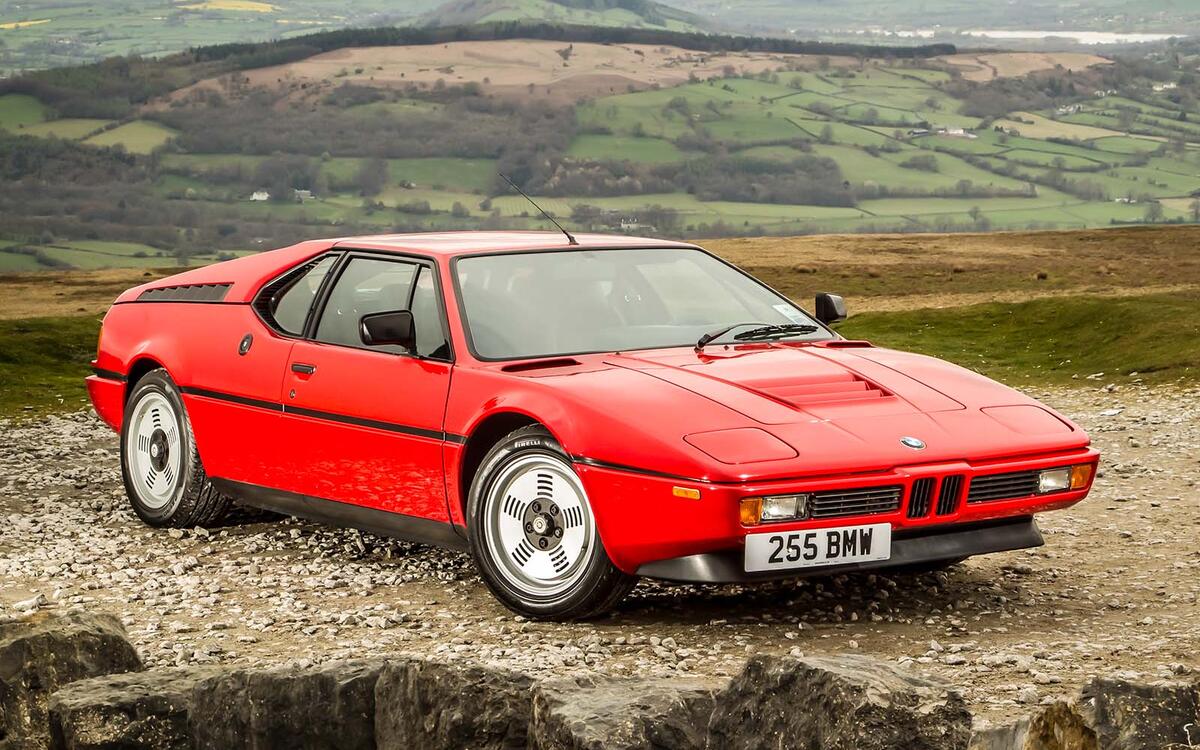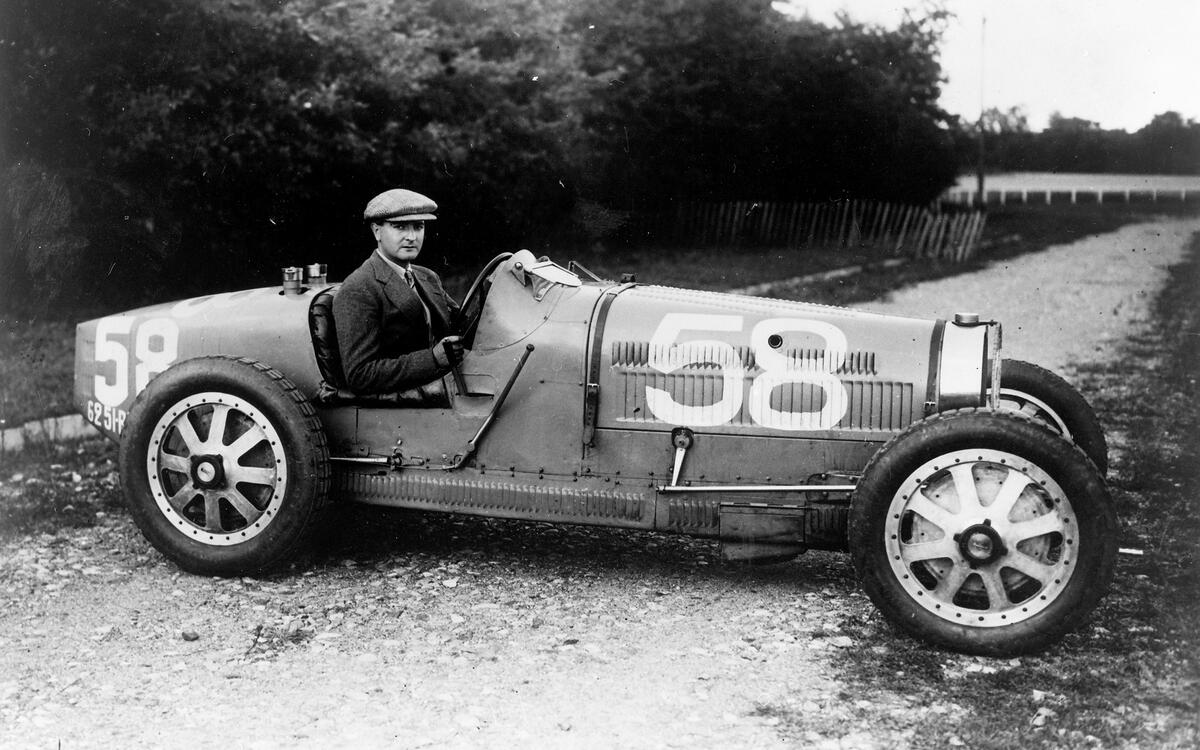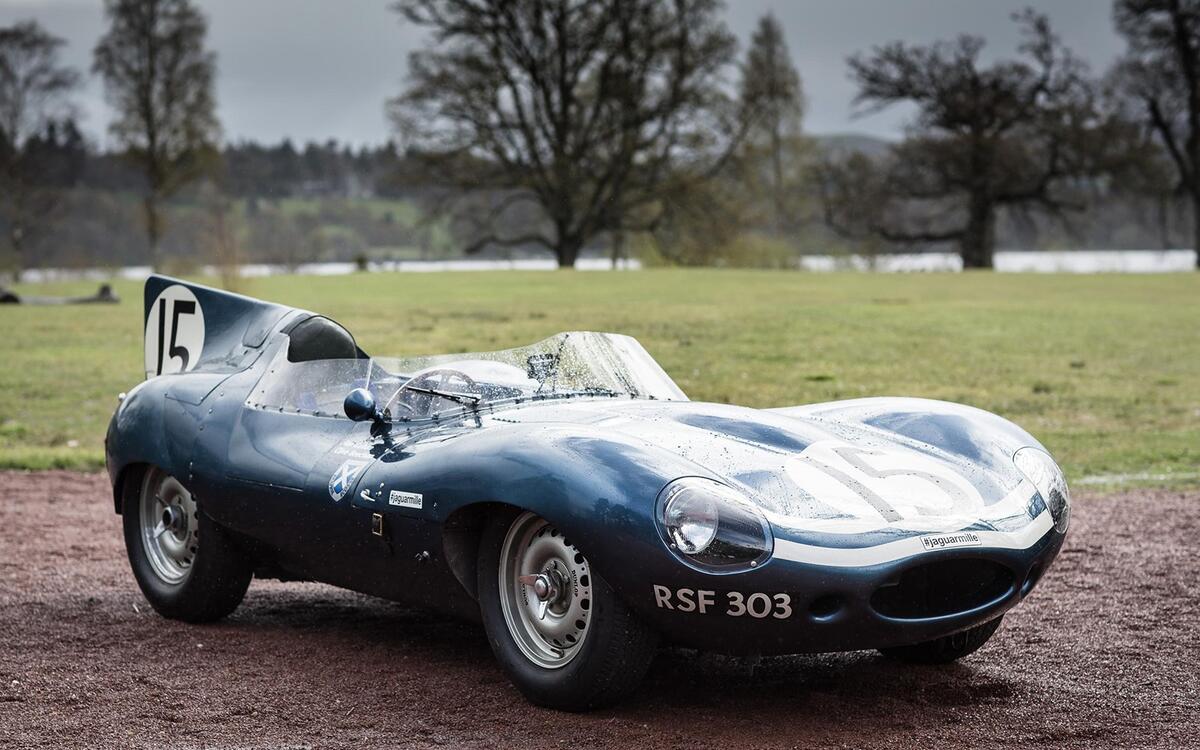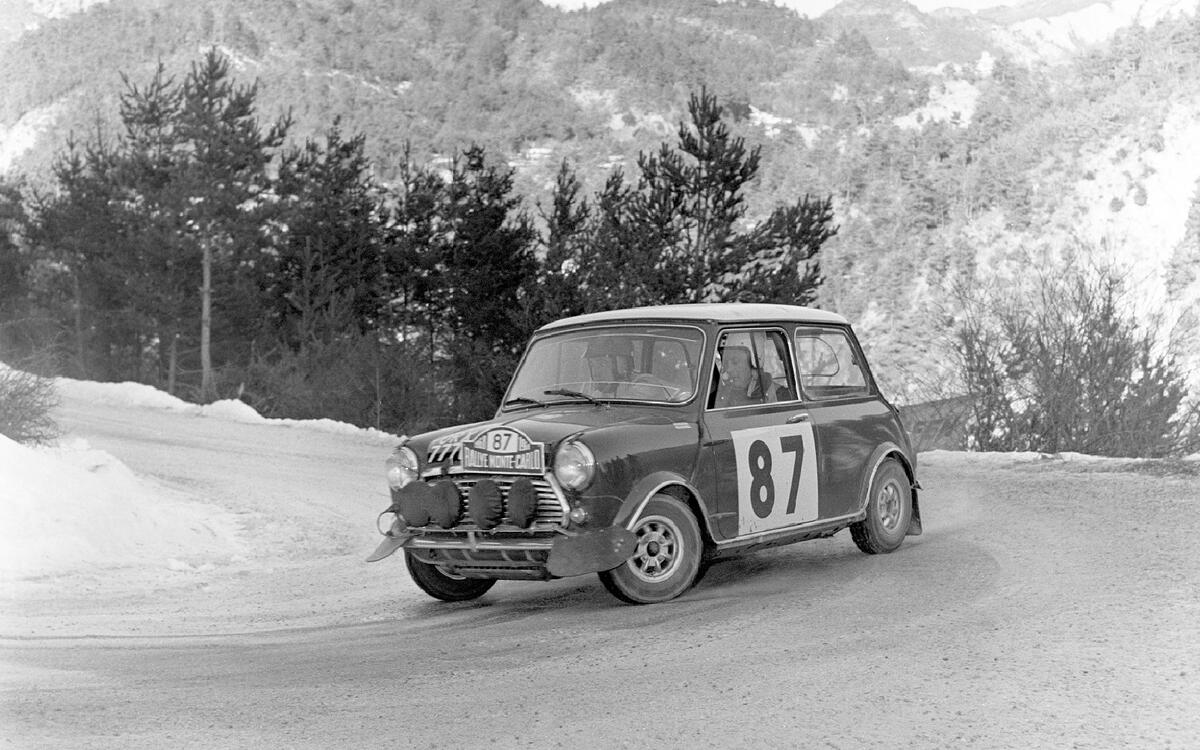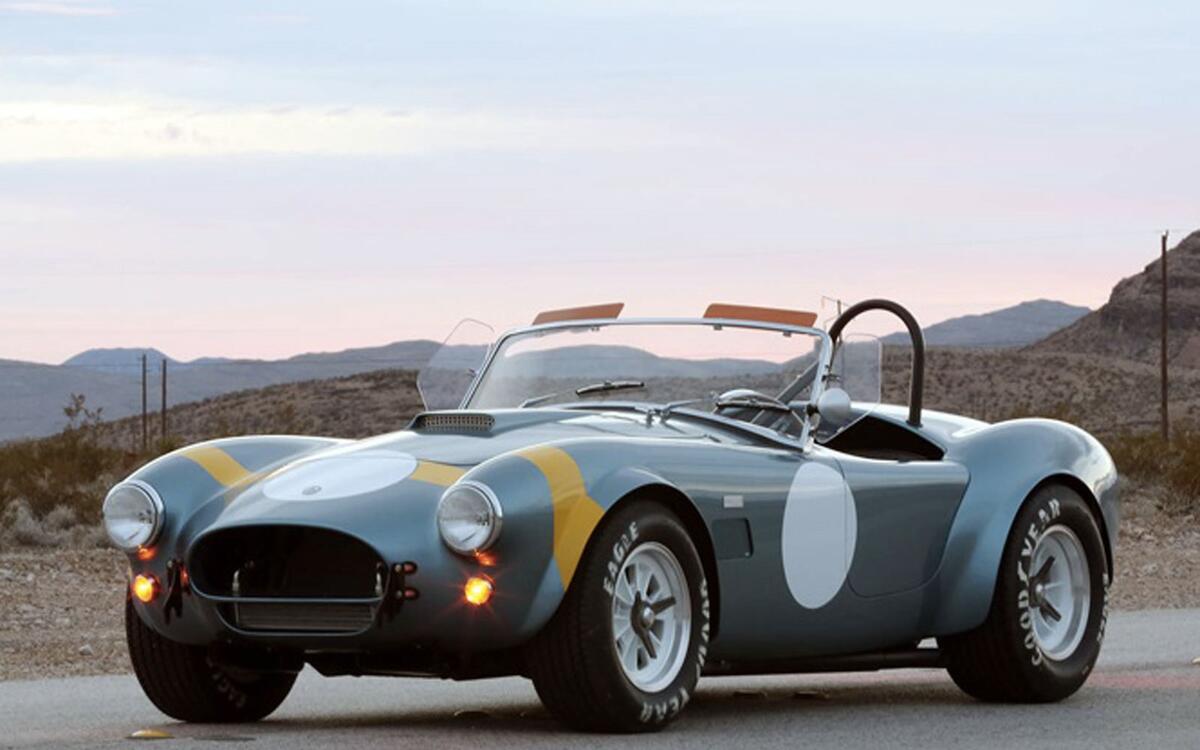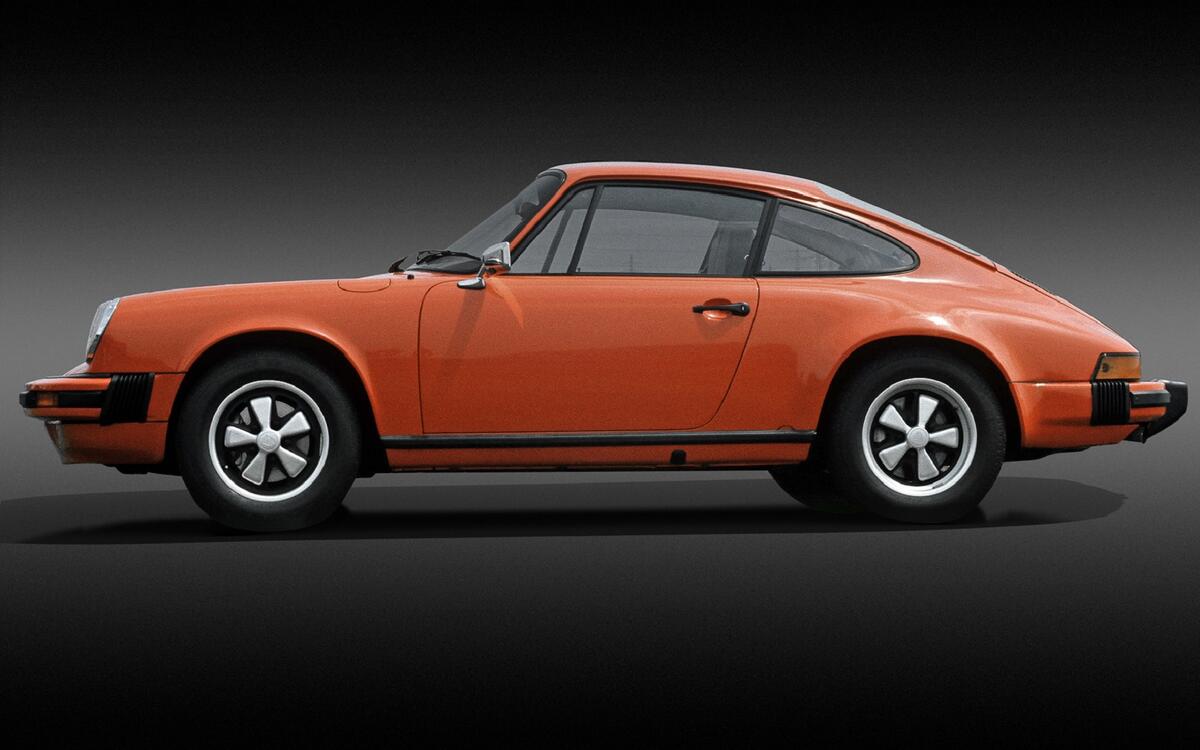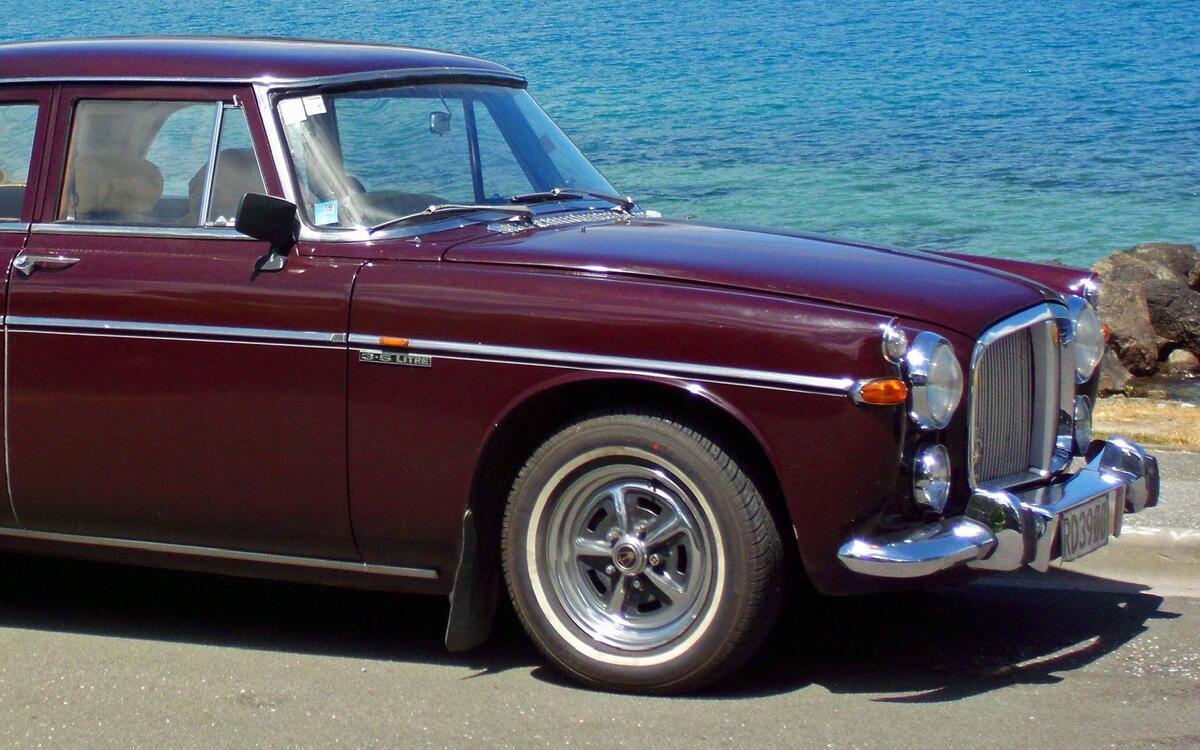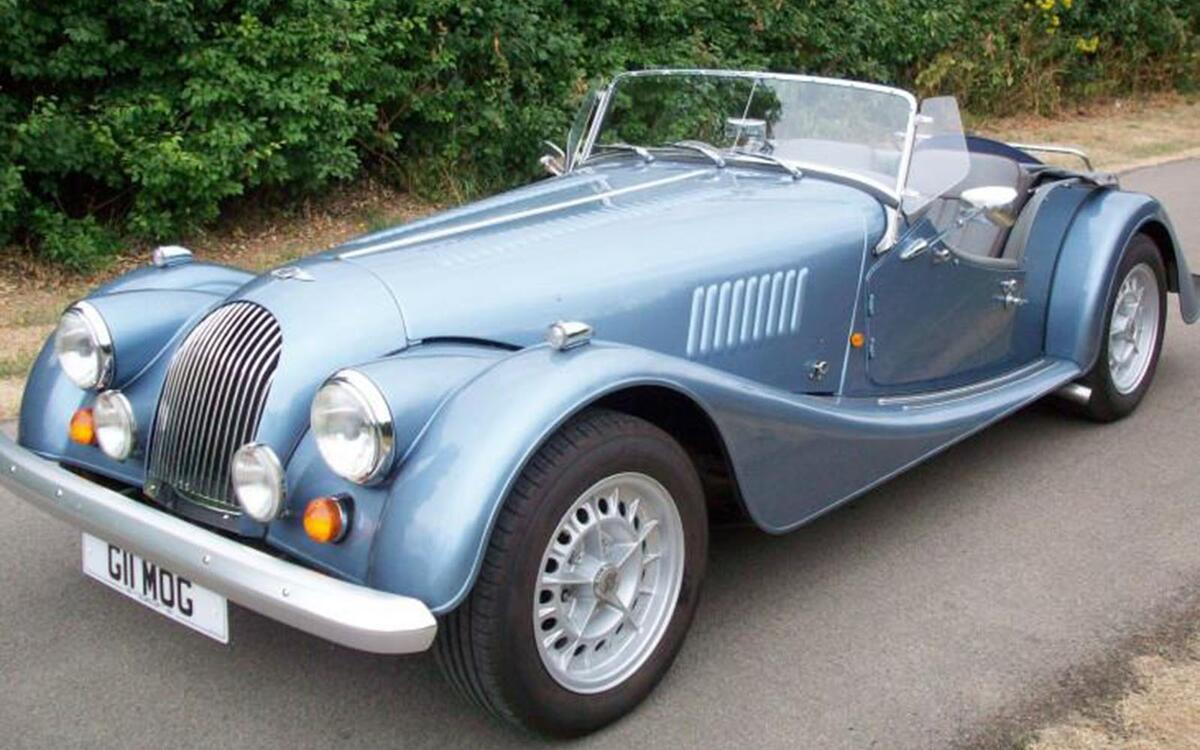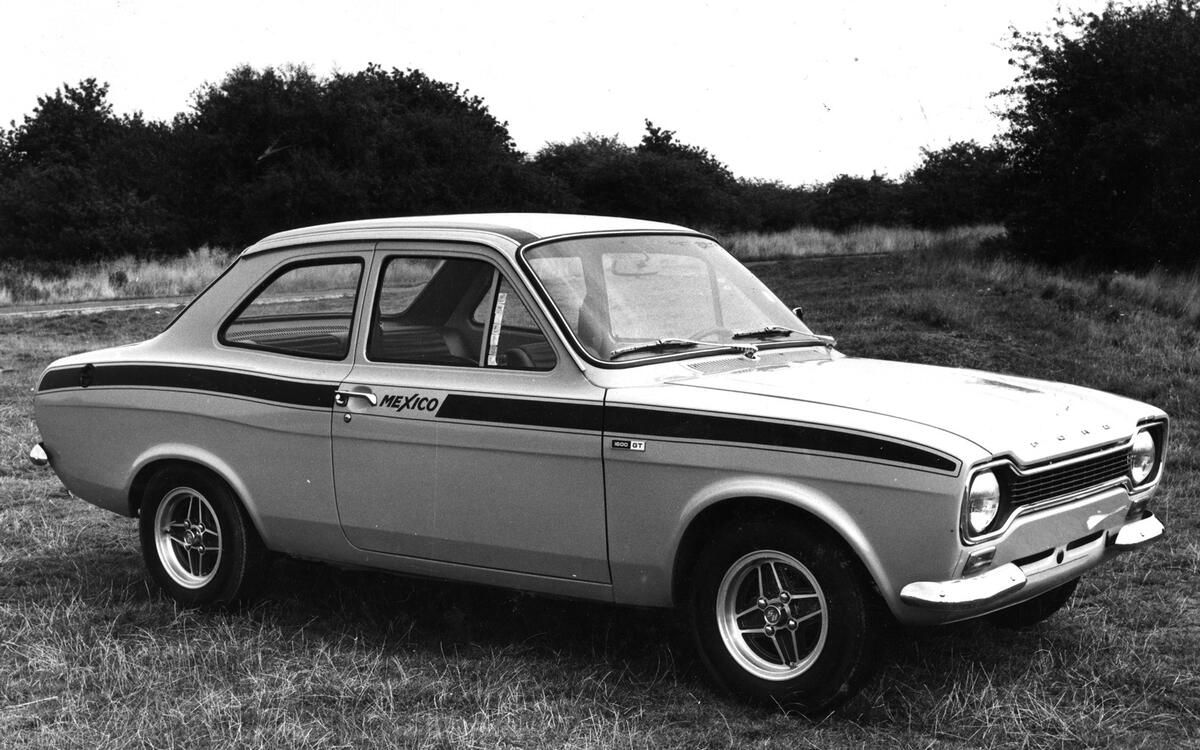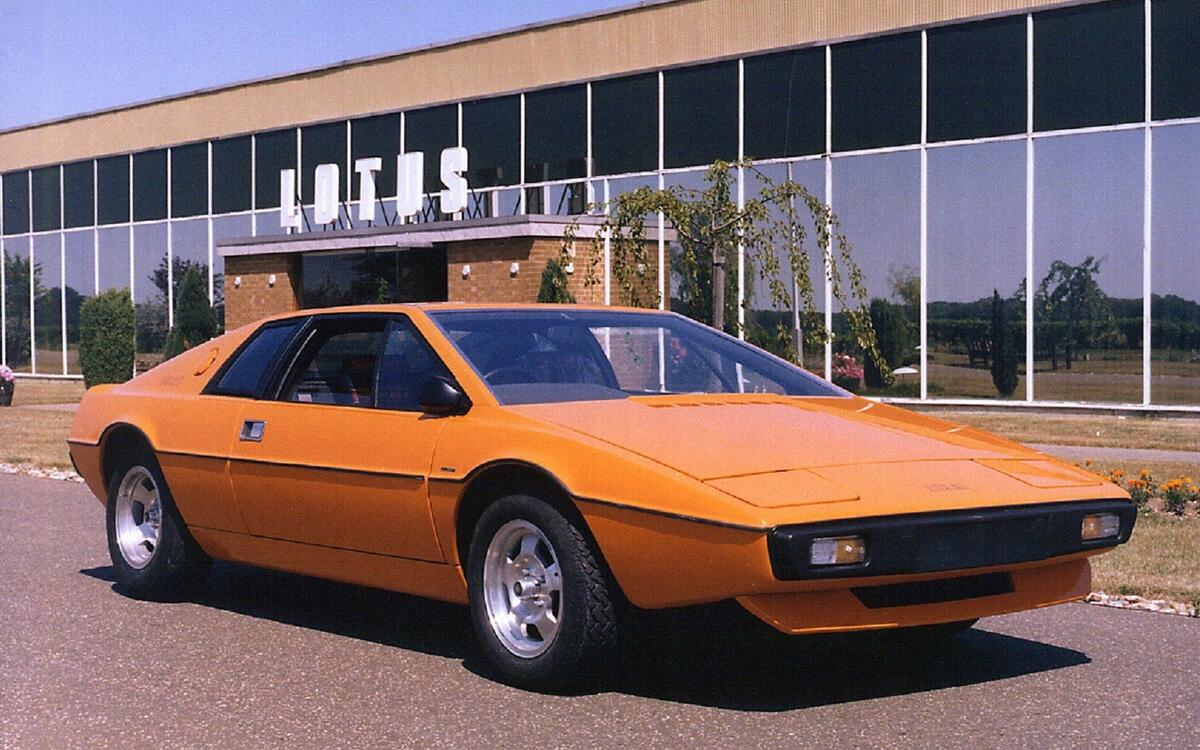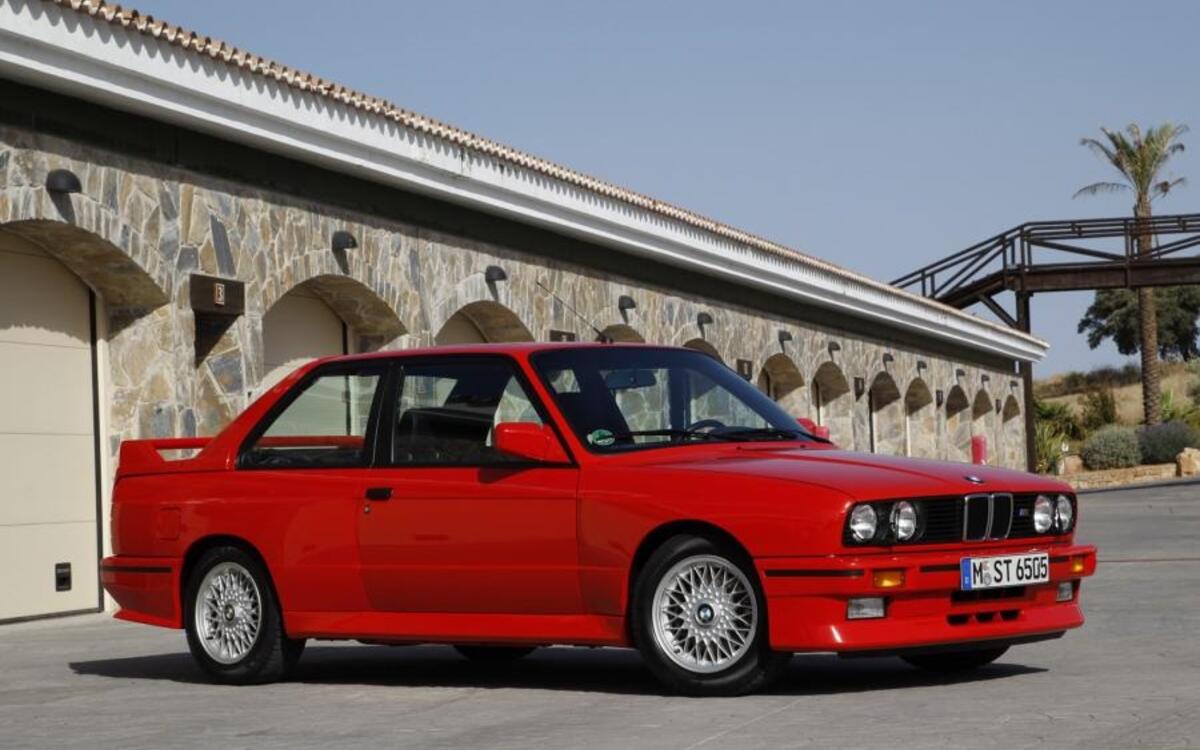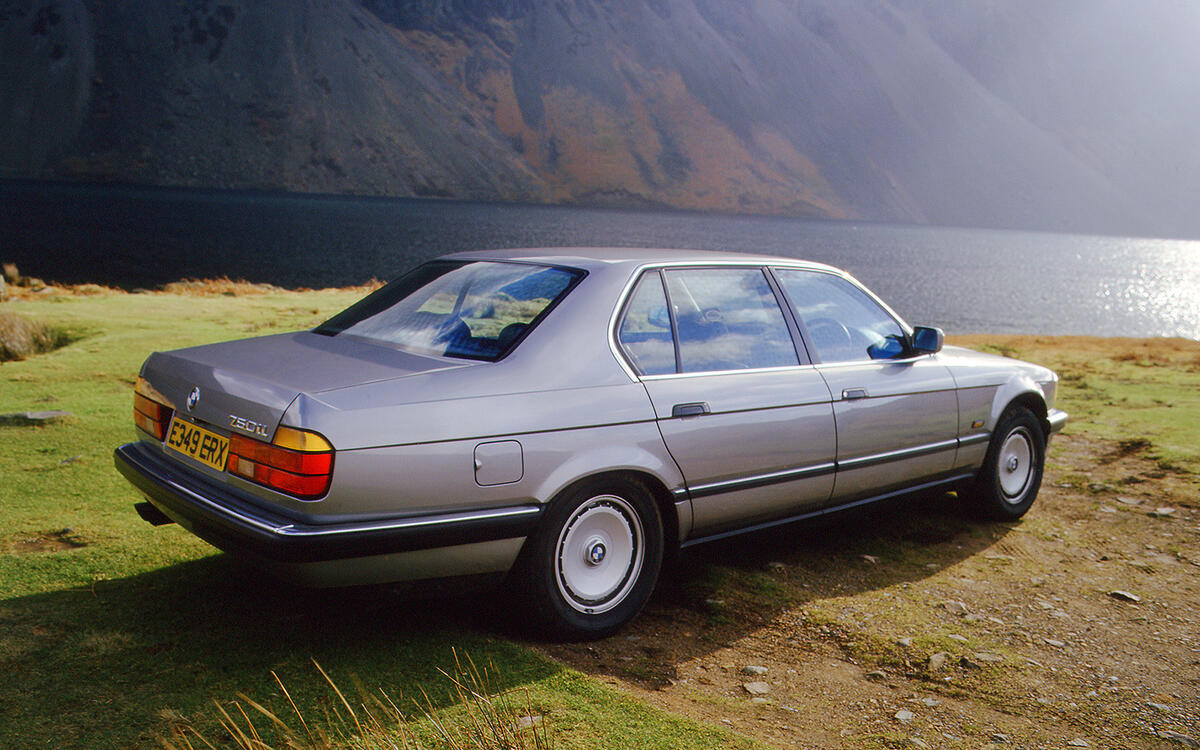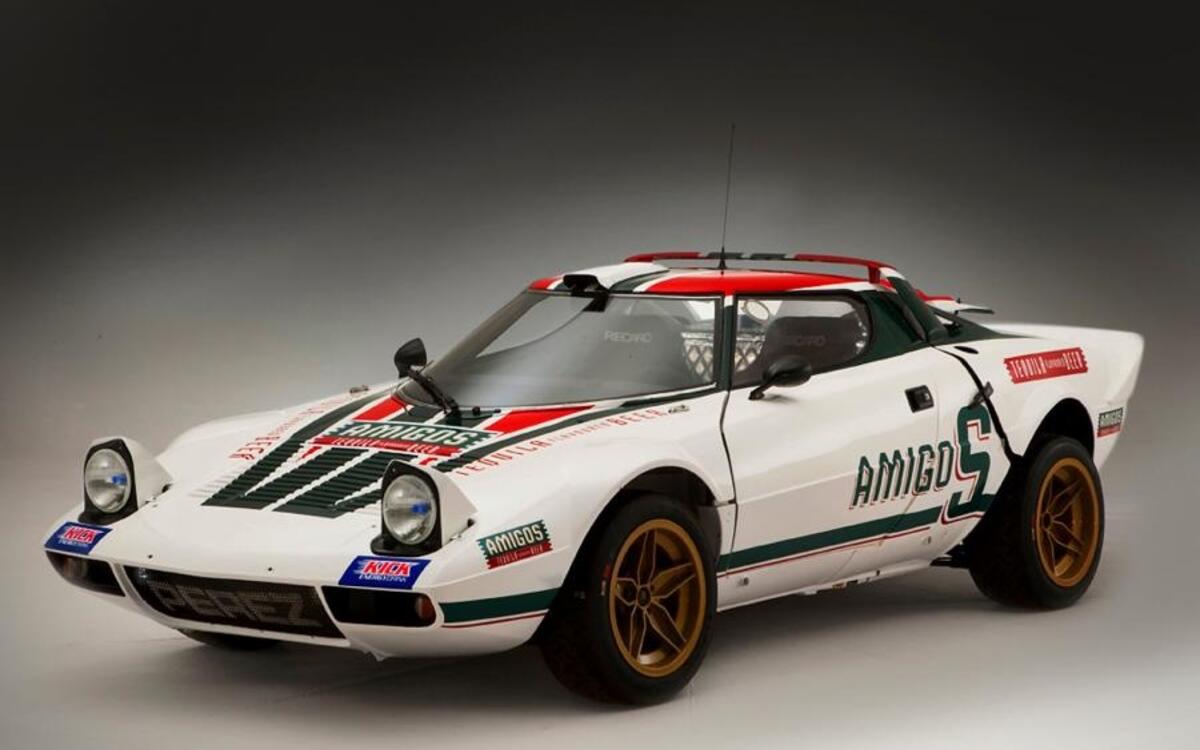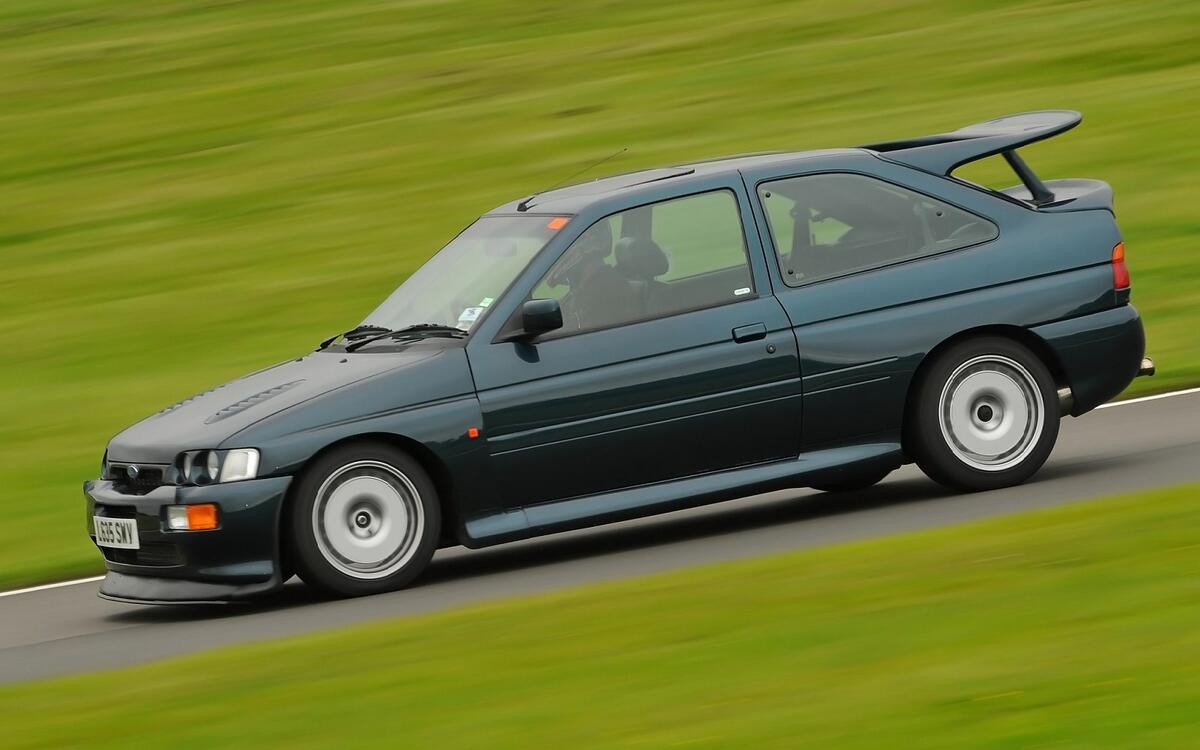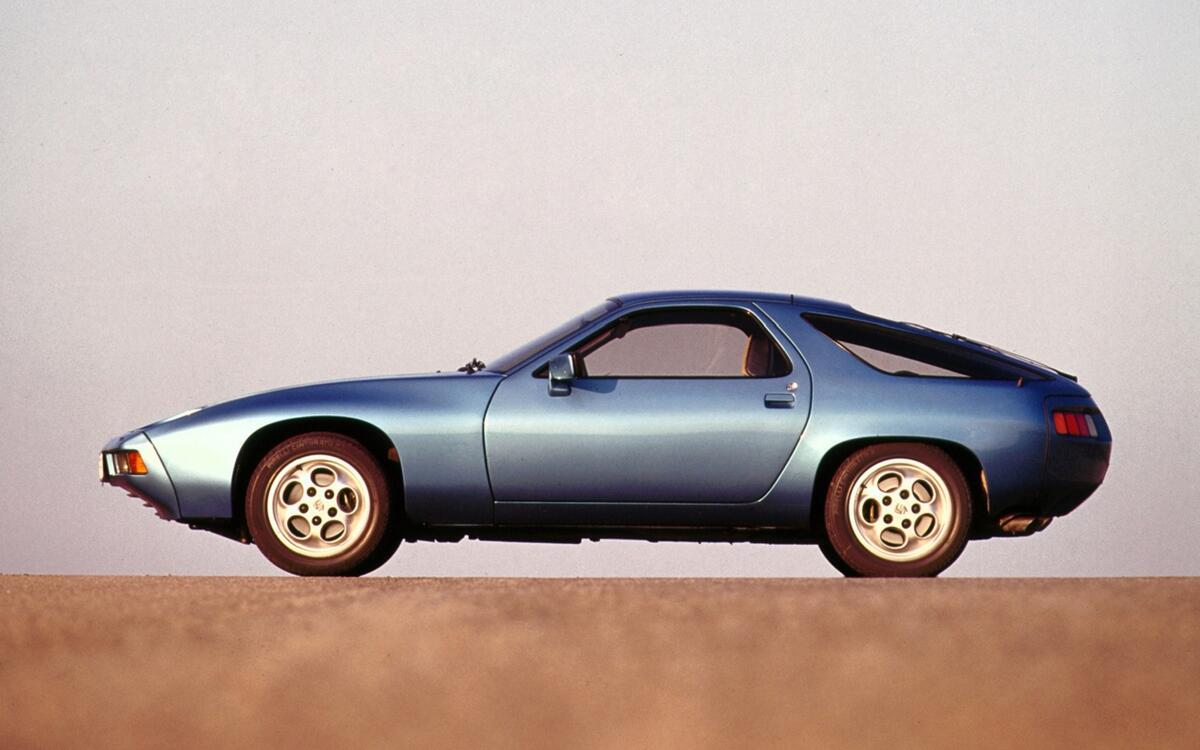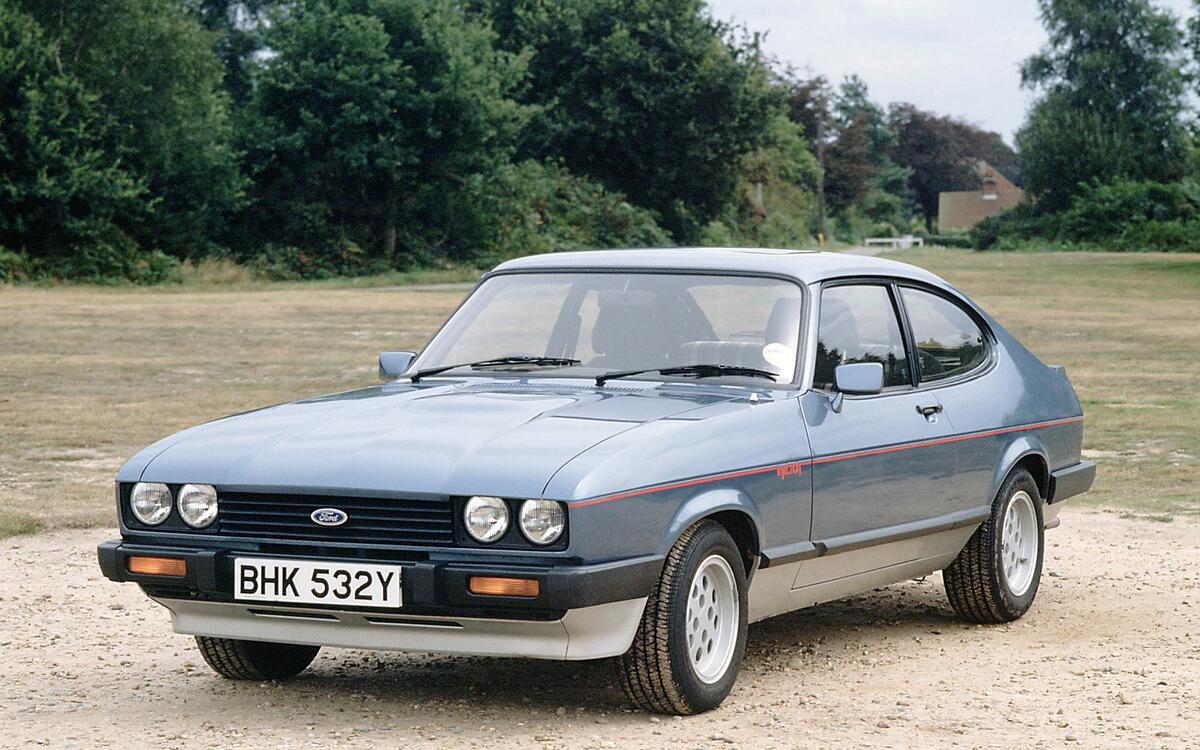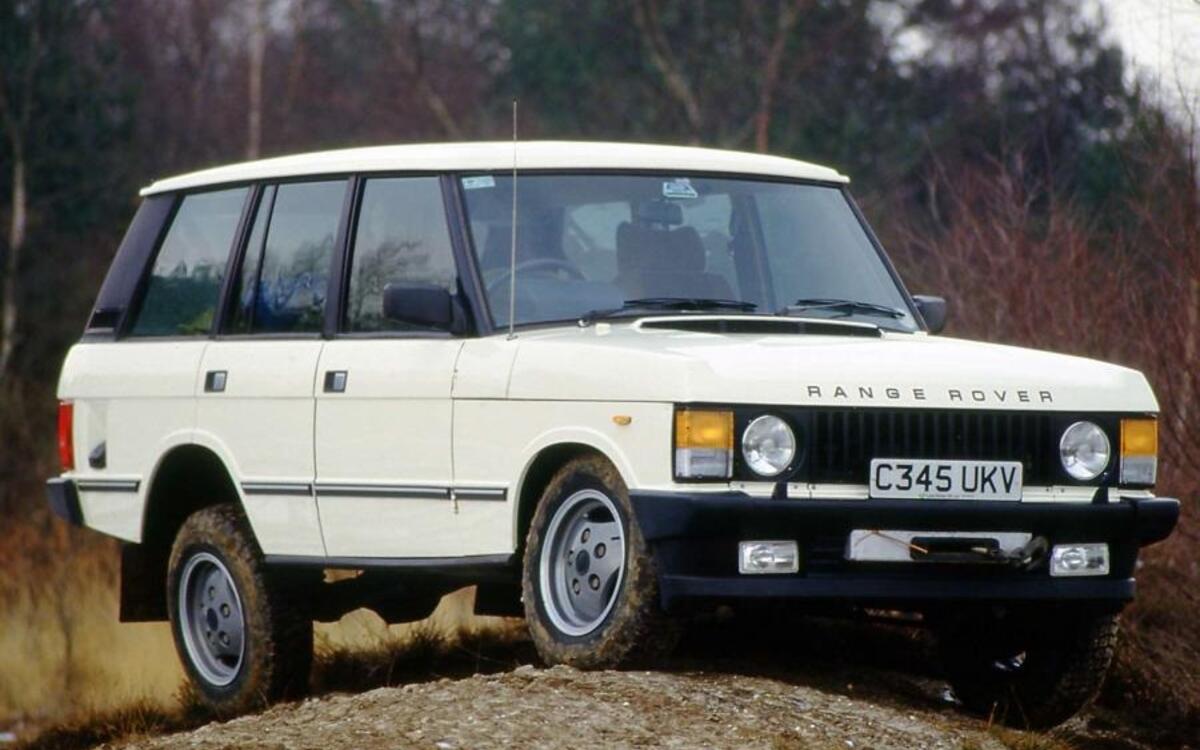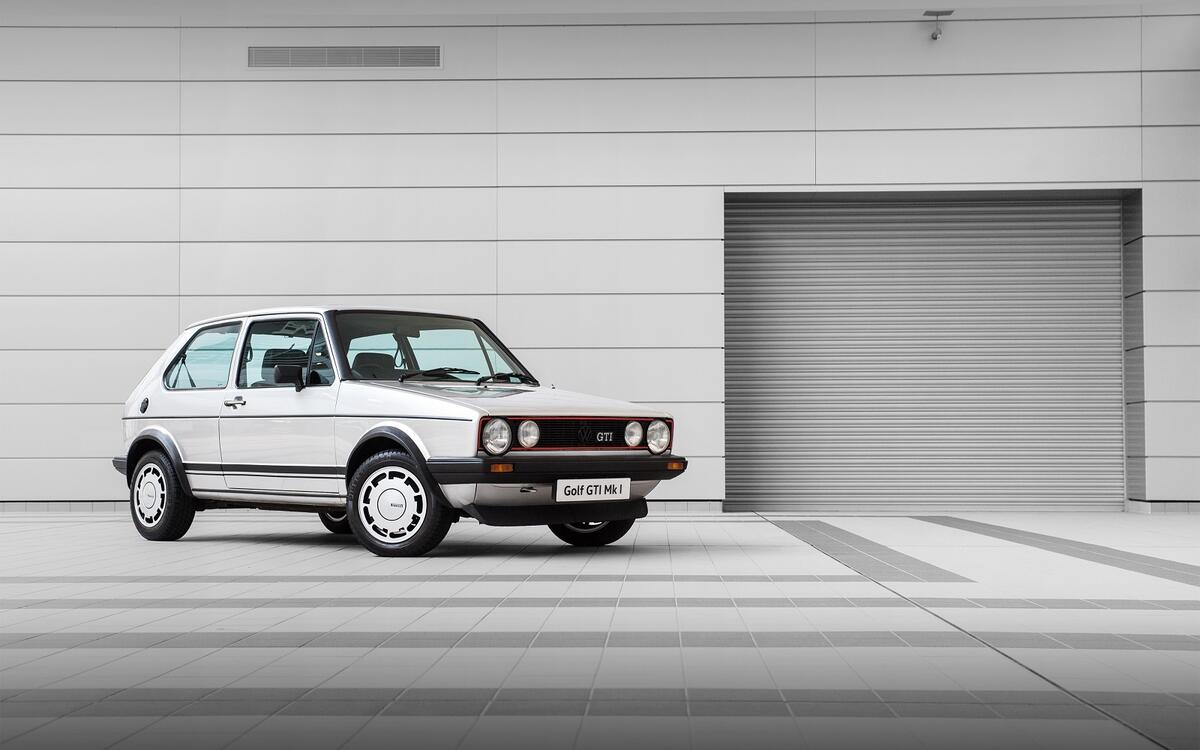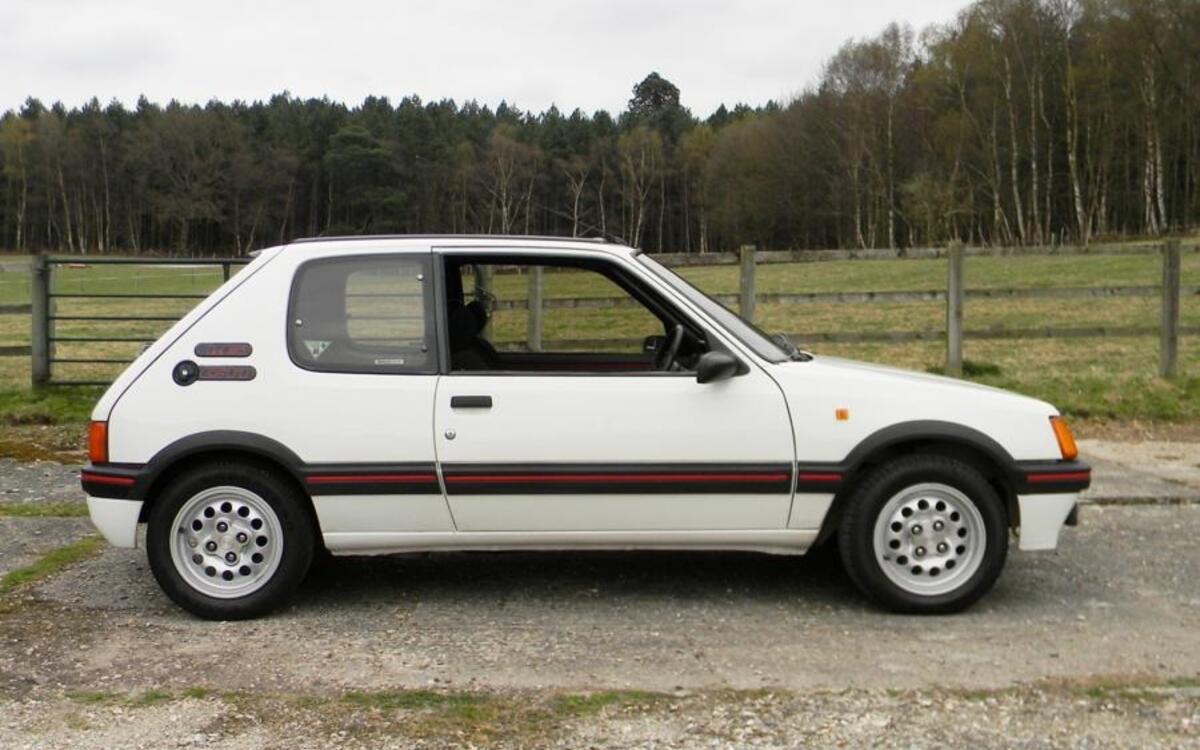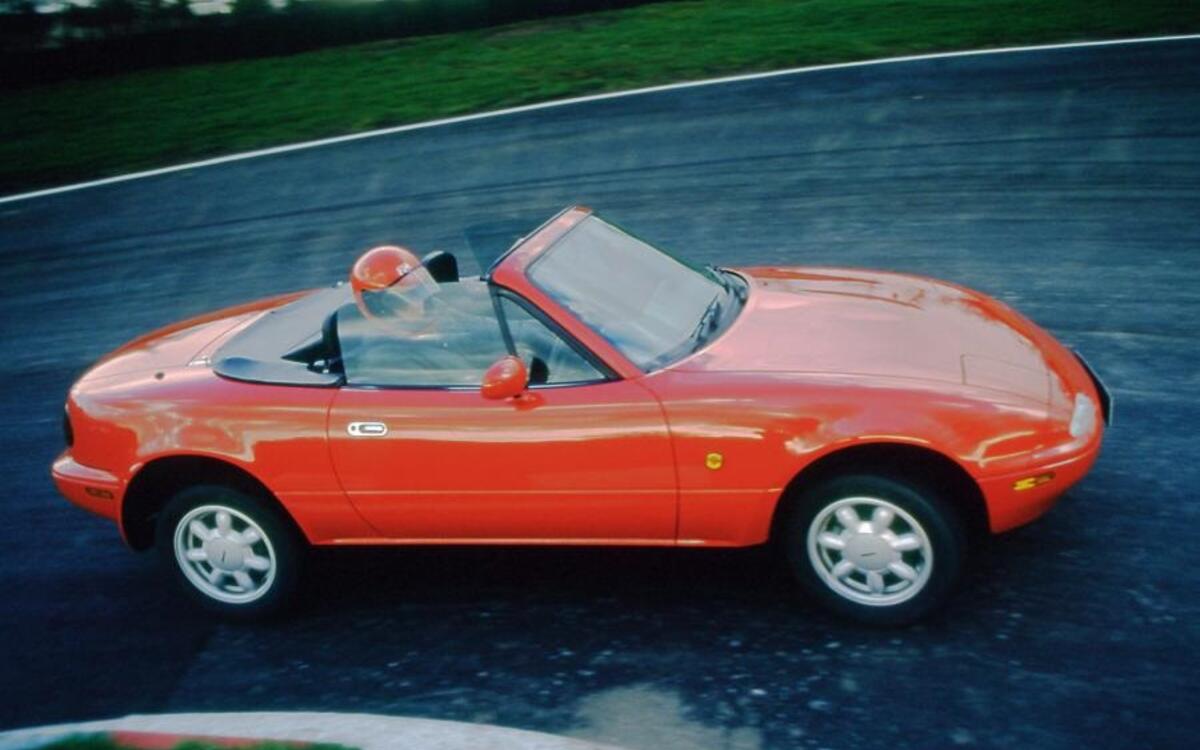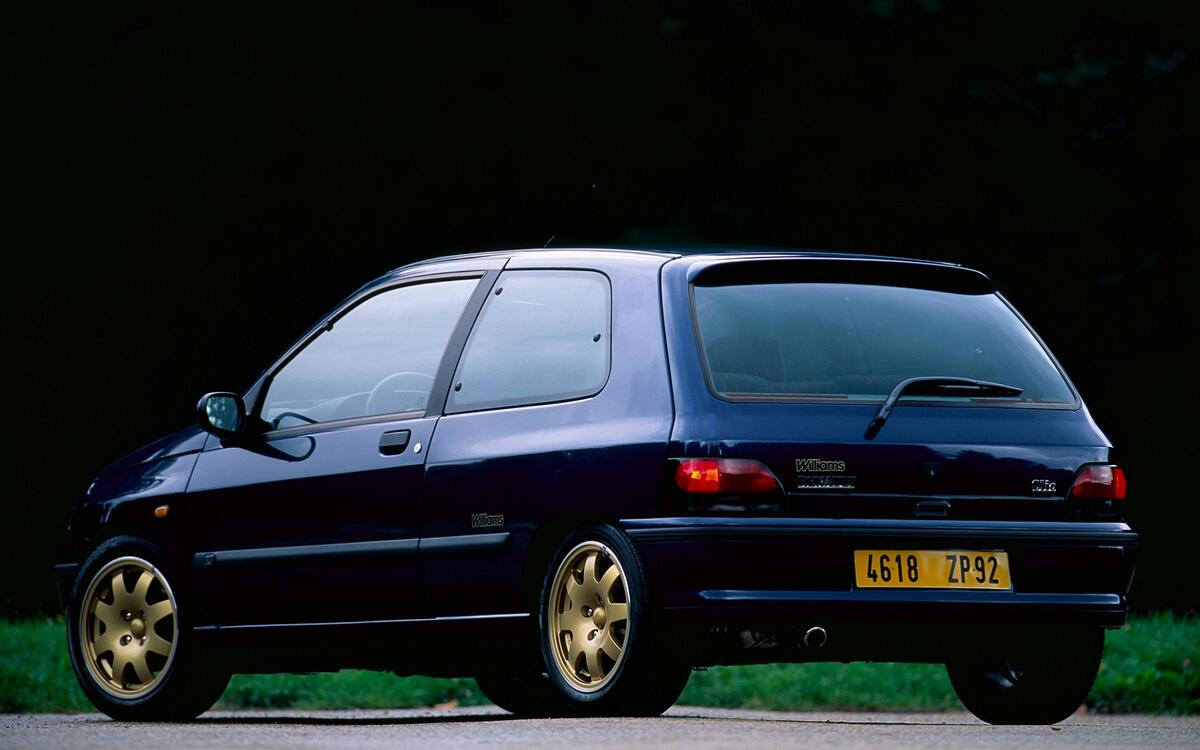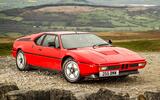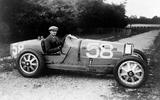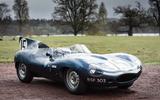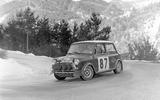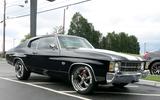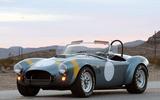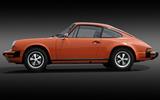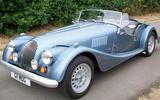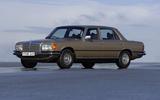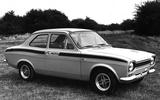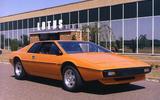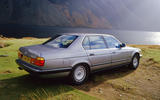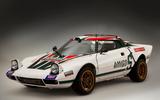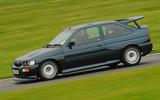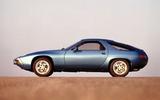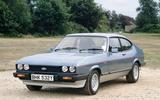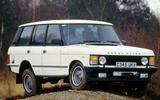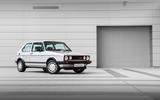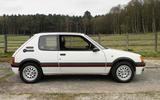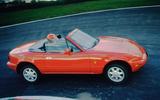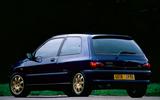 Slide of
Slide of
Alloy wheels can make or break the proportions of a car. To some, they're the most important part of a configuration and they often spark heated debates surrounding their worthiness being attached to certain machinery.
Certainly, some looks and colours work better than others. But we think a few complement a car very nicely; almost as though were conceived before the car they were fitted to. Starting with the earliest, then, let's take a look at our favourites.
 Slide of
Slide of
Bugatti Type 35 (1924)
Bugatti was an early adopter of the alloy wheel as a much lighter and stronger alternative to steel or wire wheels, which were the norm in the 1920s. The Type 35 of 1924 was offered with wire wheels, but the classic eight-spoke alloy is as much a part of its allure as the boat-tail bodywork and racing pedigree.
The 19in cast aluminium wheel was designed by Ettore Bugatti himself and came with an integral brake drum as part of the wheel centre. A detachable rim allowed the tyres to be changed without touching the brakes and they were originally held on by 32 screws but Bugatti soon swapped to 24 screws to save weight and complication.
 Slide of
Slide of
Dunlop Racing (1954)
Jaguar made full use of racing as a fertile ground to test new ideas, which included the Dunlop Racing wheel on the D-Type. Where most contemporary cars still used heavy wire wheels, the Dunlop item was a lightweight aluminium design made from a die-cast centre fixed to the outer rim section.
Finished in a dull grey aluminium colour, the Dunlop wheel helped the D-Type to Le Mans success and was soon in demand from other car makers, notably Austin-Healey. There was also an M-Type wheel made by Dunlop for use on MG’s racing cars of the period and this is identified by four wheel studs rather than the Jaguar’s five.
 Slide of
Slide of
Minilite (1962)
The Minilite wheel is more than 50 years old and still going strong thanks to its timeless design. It was originally conceived as a lightweight 10in wheel for the Mini, which gave the alloy its name, and aimed at racing and rallying. Demand spiralled and Minilite was soon supplying the wheel in various sizes for competition and road cars of all makes and types.
Still produced in the UK, it’s now made from die-cast aluminium rather than the original magnesium alloy. The design by John Ford and Derek Power is reckoned to have carried more cars to motorsport success than any other wheel. Helping this tally is the way the wheel is designed to force cooling air over the brakes of cars that, in period, could easily overcook their anchors.
 Slide of
Slide of
Torq Thrust (1963)
The muscle car era of the US in the 1960s wouldn’t be complete without the Torq Thrust wheel designed and made by American Racing. Its elegant simplicity graced many of the fastest street and strip cars and it has long been a sought-after classic in its own right.
Made from magnesium alloy when most factory wheels were steel, the Torq Thrust was offered in a number of different sizes to suit all of the popular muscle cars of the era. It was also a hit with custom car builders and American Racing continues to offer a huge selection of Torq Thrust wheels in a massive selection of sizes and finishes.
 Slide of
Slide of
AC Cobra Halibrand (1965)
AC built the early Cobras with wire wheels, but when Carroll Shelby got his hands on the car in the US, he added wheels from alloy specialist Ted Halibrand. These wheels were needed to cope with the larger engine’s increased power and helped to reduce unsprung weight to improve the Cobra’s handling on its basic suspension design.
For a wheel design that is now so instantly recognisable, it’s amazing that only 348 Cobra 427 models were made for road and competition use. However, Ford also used the same wheel on its GT40 Le Mans race cars because it was light, strong and easy to change thanks to the single spinner that held it to the hub.
 Slide of
Slide of
Fuchs (1966)
The origins of Porsche’s classic Fuchs alloy wheel go back to the Second World War, when Porsche and wheel manufacturer Otto Fuchs Metall worked on the fearsome Panzer VI/Tiger I tank together. So when the car maker needed a new lightweight wheel for its 1966 911 S, Fuchs was the obvious partner and it came up with a whole new manufacturing process to produce a forged alloy wheel that was able to cope with the stresses of a high-performance car.
The simple, elegant five-spoke design was created by Porsche designer Heinrich Klie and resulted in a 3kg weight saving at each corner of the 911 S. It took 58 separate processes to manufacture each wheel, but the shape has endured and was a key feature of the 2014 911 Sport Classic model, as well as being used on other Porsche ranges such as the 914 and 944.
 Slide of
Slide of
Rostyle (1967)
The Rostyle wheel featured on all manner of cars, from American muscle motors to the genteel Rover P5B. Known as the Magnum 500 in the US, it was manufactured under licence in the UK by Rubery Owen, hence Rostyle, and was supplied to both Ford and Vauxhall, as well as the many branches of what became Leyland in the late 1960s.
The Rostyle was deliberately made to look like an alloy wheel but was, in fact, a pressed steel piece. The raised spokes were finished in aluminium grey and the rest in black to give the appearance of a more expensive rim. Rover’s P5B was the first UK car to be offered with this wheel and the Range Rover the last in 1986.
 Slide of
Slide of
Morgan Plus 8 (1968)
The Plus 8 may have looked like other Morgans when launched in 1968, but the addition of a 155bhp Rover V8 with 220lb ft of torque meant wire wheels were never going to cope. As a result, Morgan came up with a handsome 15in magnesium alloy design with five studs.
The wheel stud holes had to be sleeved with steel inserts to stop them from going oval when subjected to the V8 motor’s torque. Later in the car’s 50-year production life, Morgan offered wire wheels on the Plus 8 that could deal with the engine’s power, but the five-rib original wheel remains the definitive design for this model.
 Slide of
Slide of
Mercedes Baroque (1969)
Steel wheels with painted hubcaps had been sufficient for the restrained Teutonic attitude of Mercedes until the late 1960s, when it decided an alloy wheel was necessary. The Baroque, so named because of its intricate design, was deemed the only design needed for all of Mercedes’ upscale models and it was offered across the S-Class, E-Class and SL models.
Like the eponymous Porsche wheel, Mercedes’ was produced by Fuchs, who had pioneered light, strong forged alloys. Also known as the ‘Mexican Hat’ design, this wheel was an option rather than standard, even on the S-Class, as a result of Mercedes’ minimalist approach to equipment on its cars.
 Slide of
Slide of
Ford RS (1970)
Following Ford’s victory in the 1970 London to Mexico World Cup Rally, it took full advantage of the success with the Escort Mexico model, which was the first to feature this four-spoke design. The 86bhp 1.6-litre engine was peppy enough, but this Escort looked quick thanks to those wheels.
The RS alloy soon became the only wheel to have on a quick ’Scort and any other fast Ford, including the Capri and Fiesta. Early versions of the alloy were made by GKN, while later ones were produced in-house by Ford with thicker spokes to make them stronger and more durable.
 Slide of
Slide of
Wolfrace Slot Mag (1971)
The craze for custom and kit cars in the early 1970s suited Wolfrace to a tee. Its Slot Mag was the first polished alloy wheel widely available in the UK and it went on to worldwide success, especially when it passed Germany’s strict TUV tests in 1974.
The simple five-spoke design was offered in a variety of sizes and widths, further helping it appeal, and the alloy became the standard fitment for the Reliant Scimitar in 1977. The same year, the wheel enjoyed global exposure when it was seen fitted to the Lotus Esprit used in the James Bond film ‘The Spy Who Loved Me’ as Roger Moore famously piloted it both on land and under the sea.
 Slide of
Slide of
BBS cross-spokes (1972)
Baungartner Brand Schiltach is more commonly known as BBS and its three-piece cross-spoke alloys have graced and enhanced all manner of performance and racing machinery. The company started in 1970 selling plastic car body parts but came up with its alloy wheel design in 1972 as a result of its involvement in motorsport.
Noting a demand for a light, strong wheel, BBS created its three-piece alloy with forged centre and the rim in two sections. This allowed for easy wheel width variations and there’s a gasket that goes between each half to make it airtight.
 Slide of
Slide of
BMW 750iL Dish Alloys (1987)
When BMW introduced its monstrously smooth new M70 5.0-litre V12 engine in 1987, it needed to do so in style. Not only did it go straight into its E32-generation 7 Series, but it also decided to give the resulting 750iL long-wheelbase these model-specific ‘dish’ alloy wheels. The standard 750i model that arrived a year later made do with multi-spokes like the rest of the 7 Series range.
The dishes were lovely because firstly they looked great in a Sky TV kind of way (and indeed co-existed with the launch period of that service), and secondly there were precious few other signs that you had spent almost twice as much on your car as the other guy in his 728i. After a brief life, they were dropped by BMW in 1989 for reasons unknown.
 Slide of
Slide of
Lancia Stratos (1973)
As if the Lancia Stratos wasn’t stunning enough when it was revealed as the Italian firm’s new rally weapon in 1973, it also came with one of the all-time classic wheel designs. Created by Campagnolo and made using cast magnesium alloy for the ultimate in lightness, the wheel had a shape that earned it the nickname ‘coffin spoke’.
Lancia did offer other wheel designs with the Stratos, but it’s this Campagnolo rim that has become synonymous with the Ferrari-engined car. With its stubby wheelbase and rear wheels that are up to 12in wide, the Stratos has an unmistakable stance and presence that make survivors of the original 500 made hugely collectable today and prices reach up to £500,000.
 Slide of
Slide of
Compomotive TH (1975)
There were few rally or race cars of the 1990s that didn’t have a set of Compomotive TH wheels on them at some point. Designed to be light and strong and to aid brake cooling, this simple design originated in 1975 and has persisted to the present. It's now in just as much demand for restored modern classics.
Used on BMW E30-generation M3s and the Ford Sierra Cosworth for motorsport, the TH proved itself on track and stage around the world. The three-piece TH was joined by a one-piece version in 1984. Compomotive also supplied the wheels used for the Lotus Esprit Turbo driven by Roger Moore in the film ‘For Your Eyes Only’.
 Slide of
Slide of
Porsche Teledials (1978)
It’s easy to see where the ‘Teledial’ name comes from for these Porsche wheels if you’re old enough to remember phones with rotary dialling mechanisms. First used on the 1978 928, the Teledials were part of that model’s obsession with aerodynamics and assisted with brake cooling through the five large oval slots.
Porsche went on to offer the Teledial wheel on many of its roads cars, including the 911, 944 and 944 Turbo models, and the 924 S. When buying a classic Porsche with these wheels today, make sure they are the correct size and offset to avoid potential rubbing on the bodywork or fouling the suspension.
 Slide of
Slide of
Ford Pepperpots (1981)
At Ford, 1981 was the year of the Pepperpot as this handsome and very period geometric eight-hole wheel made its debut on both the Fiesta XR2 and Capri 2.8i. The Fiesta's came in a 6x13in size, while the more potent Capri gained a 7x13in wheel.
The original design of the Pepperpot was down to Wolfrace, a UK-based aftermarket wheel supplier. It was Wolfrace's Sonic wheel that Ford chose and this alloy was showcased on Wolfrace’s six-wheeled concept car that was also called Sonic. The Capri’s trademark wheel gave way to a seven-spoke design when the 2.8i Special was launched in 1984, which was also the year left-hand-drive production of this coupé ended.
 Slide of
Slide of
Range Rover In Vogue (1981)
This was the beginning of the Range Rover’s ascent up the luxury ladder and a new three-spoke alloy wheel was part of the package. The In Vogue was created in conjunction with the magazine Vogue, hence the name, and coachbuilder Wood and Pickett. The model also gained carpets, wood door cappings and unique Vogue Blue metallic paint for the 1000 or so made.
Even though the In Vogue was a luxury edition, the alloys were an extra. For 1982, the Vogue wheel became a £327 option across the Range Rover line-up and was soon the default choice of all but the most cost-conscious buyer.
 Slide of
Slide of
VW Golf GTI Pirelli (1983)
Few cars have been named after the wheels they sit on, but the Volkswagen Golf GTI Pirelli Edition managed it twice. The second time was with a run-out model of the Mk5 GTI and the other was for the final Mk1 GTIs in 1983. That first car used unique 14in P-slot wheels and was also known as the Campaign in countries outside of Europe.
Volkswagen carried on using the P-slot wheels on the Mk2 Golf GTI, but they were subtly different as the Ps had a 7mm gap between them on Mk1s and 10mm gap on Mk2s. The Mk1 versions also came with a ‘Pirelli’ centre cap and another way to tell the difference is the Mk1’s wheels have a single ‘A’ stamped at the end of their designation code inside the centre cap hole.
 Slide of
Slide of
Lancia Delta Integrale (1984)
For a car that’s all angles and no curves, the Lancia Delta Integrale still manages to be very handsome and is helped in no small measure by its Cromodora-made alloy wheels. They started out on the HF Turbo model with the clean-cut eight-hole design and were carried over to the four-wheel-drive Integrale.
This wheel design continued with the Integrale through to 1991, when another Cromodora multi-spoke wheel took over for the Evoluzione cars. This also introduced a five-stud hub for greater strength and to homologate its use on rally cars.
 Slide of
Slide of
Peugeot 205 GTi 1.6 (1984)
We could have chosen the wheels from either the 1.6 or 1.9 Peugeot 205 GTi models, but the 1.6’s alloys win out for being the original and looking very similar to the T16 Group B rally car’s. The pepperpot design was created by Speedline and is known by its SL201 code.
Peugeot supplied the 1.6 GTi with 14in wheels, whereas the 1.9 gained a 15in eight-spoke design by Speedline but also made by SMR. The 1.6’s wheels were shod with 5.5in-wide tyres compared with the 1.9’s 6.0in rubber, which goes a little way to explaining the lower-powered model’s tendency for lift-off oversteer.
 Slide of
Slide of
Mazda MX-5 Mk1 Daisy (1990)
The Lotus Elan was clearly the inspiration for the first Mazda MX-5 and another 1960s classic sparked the Daisy wheel design: the Minilite. However, Mazda came up with its own take on this alloy wheel shape and created a seven-spoke rim, rather than the British original’s eight spokes.
Mazda chose this look and wheel design for its light weight, which was an obsession of the car’s designers. They also tasked Dunlop with creating a dedicated lighter tyre to make the most of the wheel’s lower unsprung weight to help with the MX-5’s handling.
 Slide of
Slide of
Renault Clio Williams (1993)
Renault created one of the definitive hot hatches when it launched the Clio Williams in 1993. Part of that is down to the colour contrast between the blue bodywork and gold 15in alloy wheels. Made by Speedline in Italy for Renault, the Williams’ rims were 7.0in wide to sit half an inch broader than the contemporary Clio 16v's and this necessitated the car’s trademark bulging wheel arches.
Renault ended up making 3800 Clio Williams and followed up with 2 and 3 versions to satisfy demand for this feisty hot hatch.
The right set of wheels can transform the look of a car. We take a look at the best sets
Advertisement


